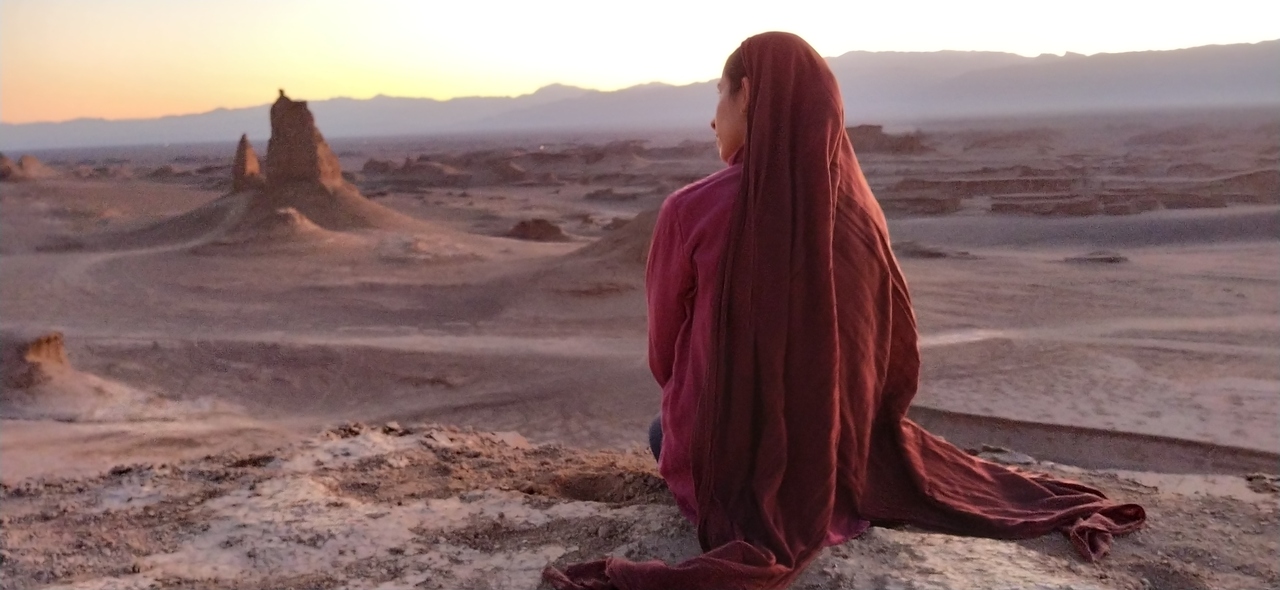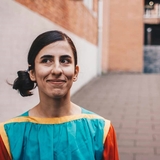Written by:
Edited by:
Share article:
As the whole world went into lockdown and all of a sudden everything got limited to the houses we are living in, I started dusting my attic and at a certain point, a substantial dusty figure caught my eye. It was my old loom!
I remember my grandmother teaching me how to weave and make knots with colourful yarns. Weaving and knotting, my imagination moved between the warps and wefts, then got tied to the dyed threads. It followed the piles and walked me from one row to another. The comb beater did not only press and compact the knots on top of each other, it sealed my inner conversation behind the warps, then it was pulled forward with the hooked-like knife.
The comb beater, which is used after each row to press the knots to the pile, I applied after every few knots because of the sound it was producing. It sounded like a drum to the music I was singing. Yes, I was singing as my imagination was moving between the horizontal and vertical lines of the loom.
My grandmother didn’t anticipate such a strong interest from one of her grandchildren for carpet weaving. This was, after all, only her suggestion to keep me busy. I, on the other hand, didn’t imagine that in later life, as a choreographer, I would think back of those moments at the loom, wondering whether they formed a kind of basis for what came next.



